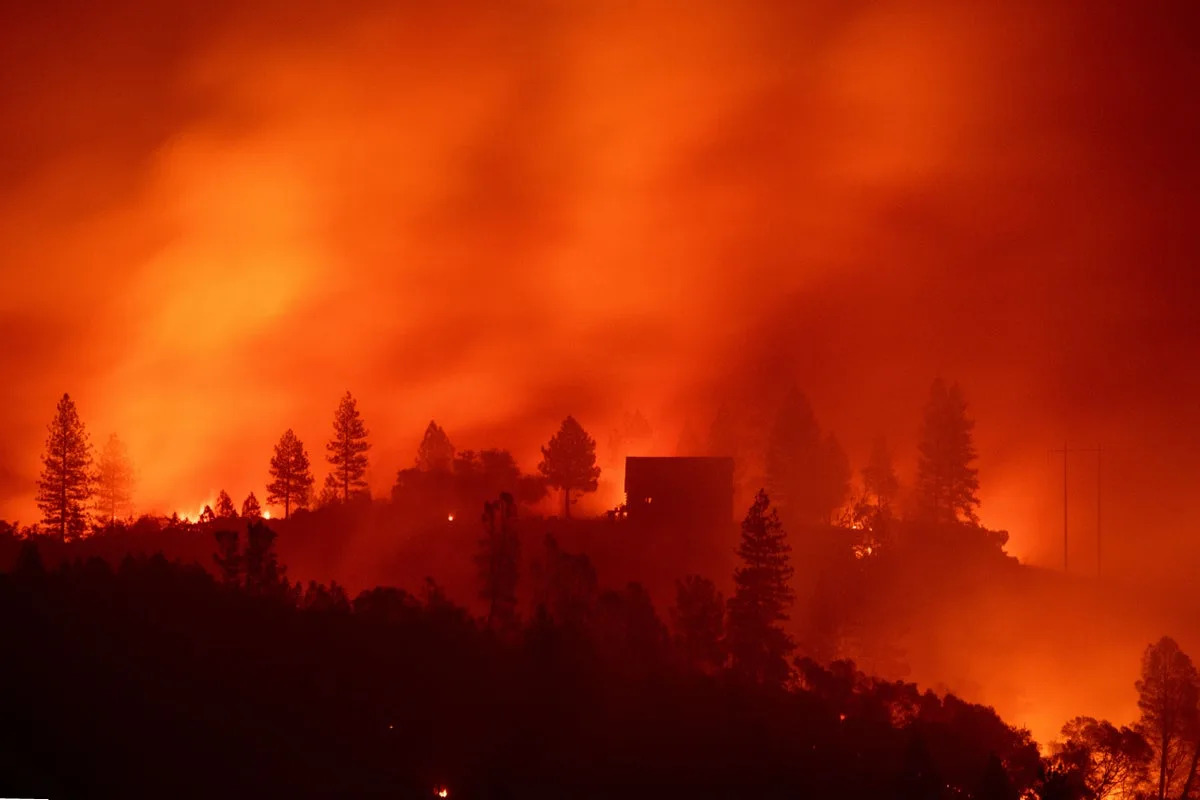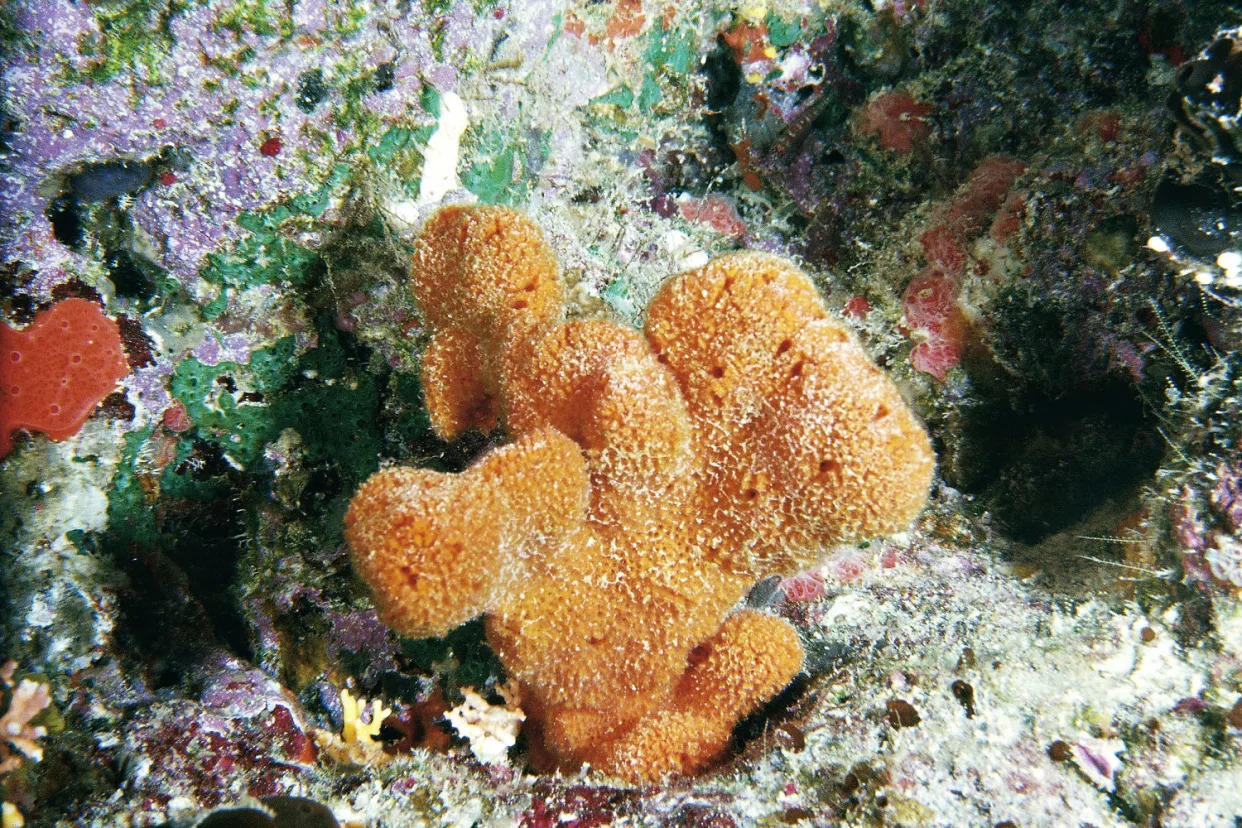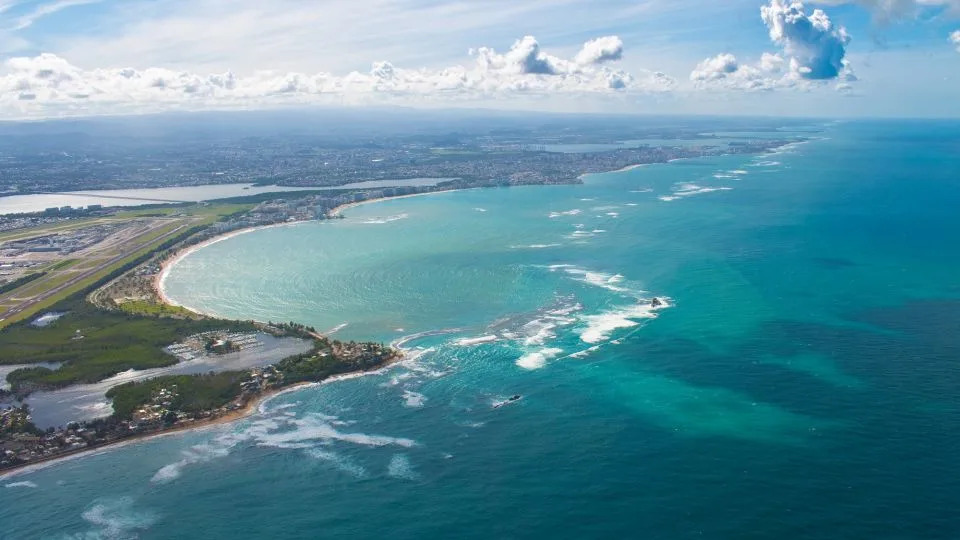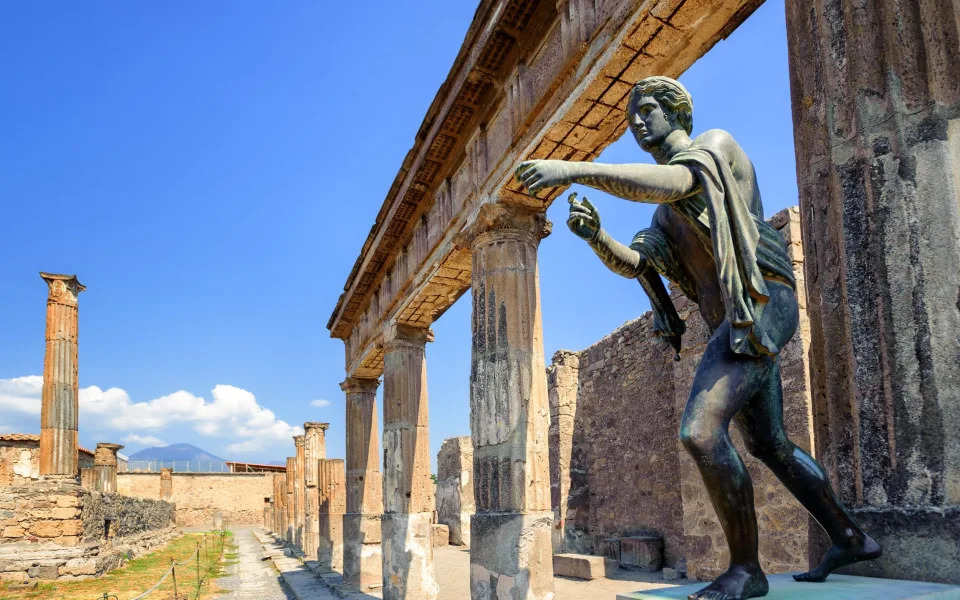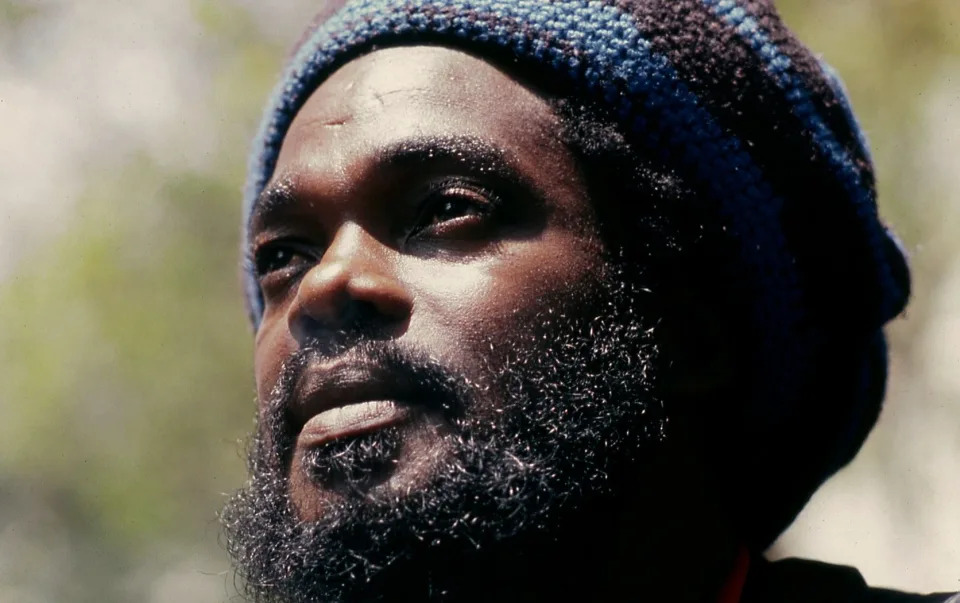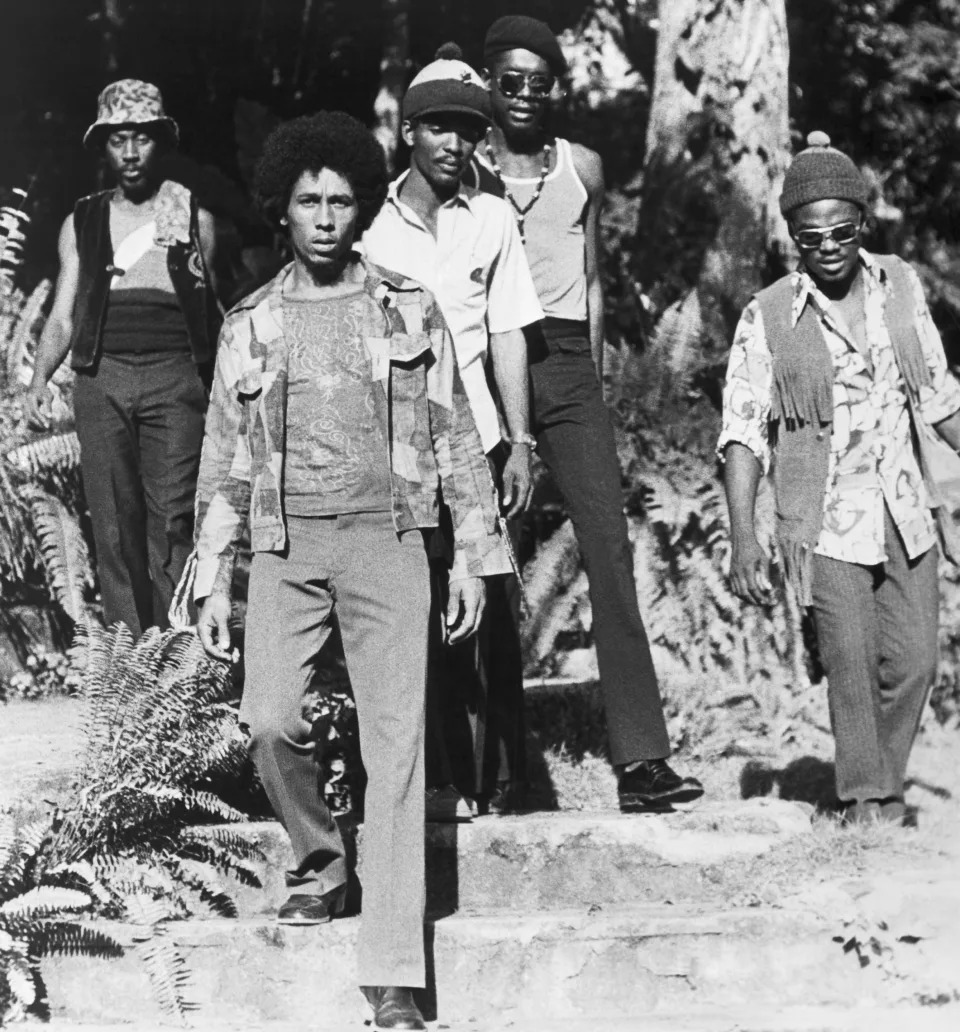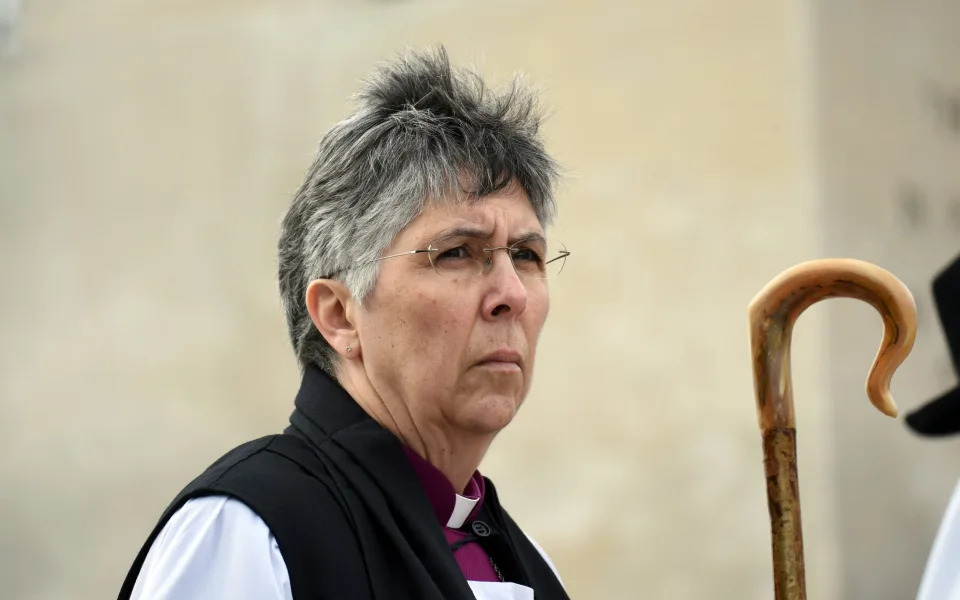Better equipment and communications are among Maui police recommendations after Lahaina wildfire
JENNIFER SINCO KELLEHER, REBECCA BOONE and CLAUDIA LAUER
Updated Mon, February 5, 2024


The Rev. Ai Hironaka, resident minister of the Lahaina Hongwanji Mission, walks through the grounds of his temple and residence destroyed by wildfire, Dec. 7, 2023, in Lahaina, Hawaii. Nearly six months after a wind-whipped wildfire destroyed the historic town of Lahaina, the Maui Police Department said Monday, Feb. 5, 2024, it is releasing a preliminary report about its response to the tragedy.
(AP Photo/Lindsey Wasson, File)
HONOLULU (AP) — Nearly six months after a wildfire destroyed the historic town of Lahaina, the Maui Police Department said Monday it is working on improving its response to future tragedies, including by obtaining better equipment and stationing a high-ranking officer in the island's communications center during emergencies.
The changes are among 32 recommendations listed in a preliminary “after-action” report that looks at what went well and what didn't during the chaotic events of Aug. 8, when the deadliest U.S. wildfire in over a century leveled Lahaina, the one-time capital of the former Hawaiian Kingdom, and killed at least 100 people.
“The Maui Police Department, in collaboration with other emergency response agencies, worked tirelessly to ensure the safety of our residents, coordinate evacuations, and provide support to those in need,” the report said. “The bravery and resilience demonstrated by our officers, personnel, fellow first responders, and members of the community who continued to assist the community while suffering losses themselves, have been nothing short of extraordinary.”
Many of the report’s recommendations call for better equipment and updates to technology, from getting officers earpieces they can use when high winds make it hard to hear their radios to equipping patrol cars with breaching kits to remove downed trees or utility poles from roadways.
Others focus on improving communications between emergency personnel and officers themselves, such as stationing a high-ranking officer — a lieutenant or higher — in the communications center to help relay information to police commanders. The report also suggested giving officers in the field more briefings during recovery efforts.
The fire is being investigated by outside experts at the behest of the Hawaii attorney general's office. The investigation, by the Fire Safety Research Institute, is expected to take several more months to complete.
During a news conference Monday, police Chief John Pelletier said the after-action report would be distributed to law enforcement agencies around the country to help them better prepare for catastrophes. He defended its thoroughness, noting it had been reviewed by two outside agencies and that it would not be finalized for up to another year, to give time to incorporate suggestions.
“There's been a lot of Monday-morning quarterbacks and a lot of folks that say ‘coulda-shoulda-woulda,’ but if you weren't there, then you don't know,” Pelletier said. “And if you think you can do better, MPD is hiring.”
Pelletier described the extensive efforts made to find the remains of three people who are still listed as missing in the wildfire.
“We created strategies of where they might have escaped to and then we sent anthropological teams to go to those estimated escape routes and then we got excavators to go through the rubble,” he said. “Any lead that is given to us, we will pursue, and the search is not over.”
The wildfire was driven by high winds from a hurricane passing far to the south and spread quickly through dry, invasive grasses.
Residents fled through black smoke that blotted out the sun, frequently encountering roadblocks or traffic jams where police blocked roads due to fire or downed power lines. Communications failed. In the chaos, some people jumped over a sea wall and sought refuge in the ocean, while others remained in their vehicles and died as heat and flames overtook them.
Audio recordings of 911 calls, obtained by The Associated Press through public records requests, reflected the confusion and terror many residents faced as they were trapped in their cars or homes and unsure of where they should go. Inundated with calls, and with police and firefighters all occupied, the dispatchers became increasingly powerless to render help, resorting to offering advice like “leave if you have to leave."
Video from body cameras showed police going to great lengths to try to help. One officer sprinted from house to house, alerting people to the approaching inferno, while another coughed and swore as he drove past burning buildings with people he rescued crammed in the back seat.
Forty-two victims were found inside structures, 15 were found in cars, 39 were outdoors, and one person was found in the ocean, according to the report. Some of the remains collected were as small as a quarter.
More than 50 victims were identified by collecting DNA from biological relatives, Sgt. Chase Bell told the news conference, but one person who was reported missing had no biological relative to provide a DNA sample. Authorities obtained a hairbrush she had used from a family friend and identified her using DNA analysis of hair follicles, Bell said.
The cause of the fire is still under investigation. An AP investigation found it might have started in an overgrown gully beneath Hawaiian Electric Co. power lines, where an initial fire burned in the morning and then rekindled in high winds that afternoon.
___
Boone reported from Boise, Idaho, and Lauer reported from Philadelphia.
HONOLULU (AP) — Nearly six months after a wildfire destroyed the historic town of Lahaina, the Maui Police Department said Monday it is working on improving its response to future tragedies, including by obtaining better equipment and stationing a high-ranking officer in the island's communications center during emergencies.
The changes are among 32 recommendations listed in a preliminary “after-action” report that looks at what went well and what didn't during the chaotic events of Aug. 8, when the deadliest U.S. wildfire in over a century leveled Lahaina, the one-time capital of the former Hawaiian Kingdom, and killed at least 100 people.
“The Maui Police Department, in collaboration with other emergency response agencies, worked tirelessly to ensure the safety of our residents, coordinate evacuations, and provide support to those in need,” the report said. “The bravery and resilience demonstrated by our officers, personnel, fellow first responders, and members of the community who continued to assist the community while suffering losses themselves, have been nothing short of extraordinary.”
Many of the report’s recommendations call for better equipment and updates to technology, from getting officers earpieces they can use when high winds make it hard to hear their radios to equipping patrol cars with breaching kits to remove downed trees or utility poles from roadways.
Others focus on improving communications between emergency personnel and officers themselves, such as stationing a high-ranking officer — a lieutenant or higher — in the communications center to help relay information to police commanders. The report also suggested giving officers in the field more briefings during recovery efforts.
The fire is being investigated by outside experts at the behest of the Hawaii attorney general's office. The investigation, by the Fire Safety Research Institute, is expected to take several more months to complete.
During a news conference Monday, police Chief John Pelletier said the after-action report would be distributed to law enforcement agencies around the country to help them better prepare for catastrophes. He defended its thoroughness, noting it had been reviewed by two outside agencies and that it would not be finalized for up to another year, to give time to incorporate suggestions.
“There's been a lot of Monday-morning quarterbacks and a lot of folks that say ‘coulda-shoulda-woulda,’ but if you weren't there, then you don't know,” Pelletier said. “And if you think you can do better, MPD is hiring.”
Pelletier described the extensive efforts made to find the remains of three people who are still listed as missing in the wildfire.
“We created strategies of where they might have escaped to and then we sent anthropological teams to go to those estimated escape routes and then we got excavators to go through the rubble,” he said. “Any lead that is given to us, we will pursue, and the search is not over.”
The wildfire was driven by high winds from a hurricane passing far to the south and spread quickly through dry, invasive grasses.
Residents fled through black smoke that blotted out the sun, frequently encountering roadblocks or traffic jams where police blocked roads due to fire or downed power lines. Communications failed. In the chaos, some people jumped over a sea wall and sought refuge in the ocean, while others remained in their vehicles and died as heat and flames overtook them.
Audio recordings of 911 calls, obtained by The Associated Press through public records requests, reflected the confusion and terror many residents faced as they were trapped in their cars or homes and unsure of where they should go. Inundated with calls, and with police and firefighters all occupied, the dispatchers became increasingly powerless to render help, resorting to offering advice like “leave if you have to leave."
Video from body cameras showed police going to great lengths to try to help. One officer sprinted from house to house, alerting people to the approaching inferno, while another coughed and swore as he drove past burning buildings with people he rescued crammed in the back seat.
Forty-two victims were found inside structures, 15 were found in cars, 39 were outdoors, and one person was found in the ocean, according to the report. Some of the remains collected were as small as a quarter.
More than 50 victims were identified by collecting DNA from biological relatives, Sgt. Chase Bell told the news conference, but one person who was reported missing had no biological relative to provide a DNA sample. Authorities obtained a hairbrush she had used from a family friend and identified her using DNA analysis of hair follicles, Bell said.
The cause of the fire is still under investigation. An AP investigation found it might have started in an overgrown gully beneath Hawaiian Electric Co. power lines, where an initial fire burned in the morning and then rekindled in high winds that afternoon.
___
Boone reported from Boise, Idaho, and Lauer reported from Philadelphia.
